Scientific Name: Selaginella rupestris
. . . . . . . . . .Syn: Lycopodium rupestre
Common Name: Rock spikemoss
Origin: NATIVE
Notes: Selaginella is interesting evolutionarily. It looks like a bryophyte, which as a category; includes mosses, liverworts, and hornworts. Like the bryophytes it is not a flowering plant; rather, it produces spores. Unlike the bryophytes which lack vascular tissue: Selaginella shows a rudimentary vascular system called a protostele and it is heterosporus, that is, it produces two kind of spores (megaspores and microspores). The bryophytes and Selaginella are thought to be among the earliest of land colonizing plants. Please look over the FNA link above and the additional references below (There may be some pay walls).
Additional references: * 1, * 2, * 3, * 4, * 5, * 6, * 7, * 8, * 9, * 10.

Field Marks for Identification:
Flowers: Spikemoss do not produce flowers, they produce spores, and represent an earlier history in plant evolution.
Leaves: Small leaves of two types; vegetative leaves and spore bearing leaves called sporophylls. Microsporophylls each support a microsporangium which contains microspores. Magasporophylls each support a megasporangium which contains the megaspores. The sporophylls produce a four sided upright structure called a strobilus (plural strobili). Both leaf types are about 2mm long and the leaves on a strobilus are nearly twice as wide as the vegetative leaves.
Glossaries of botanical terms: 1, * 2, * 3, * 4, * 5, * 6.

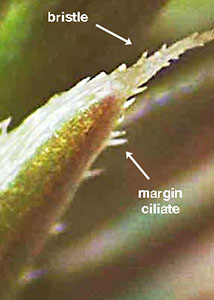
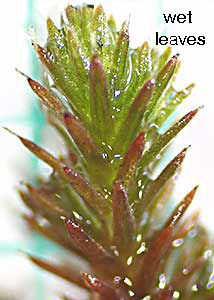
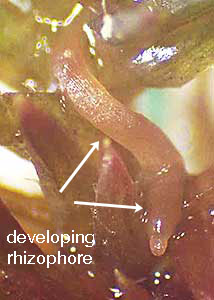
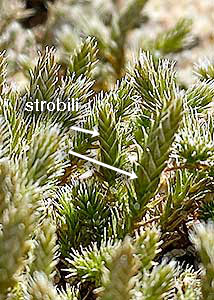


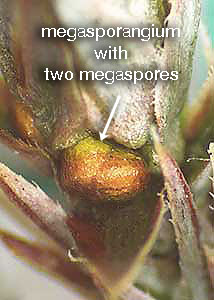
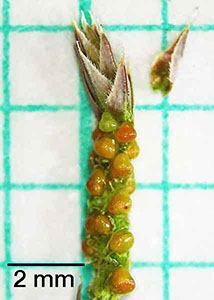
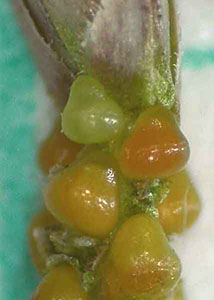
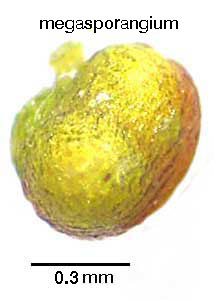
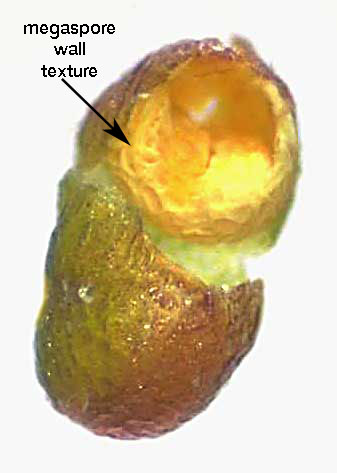
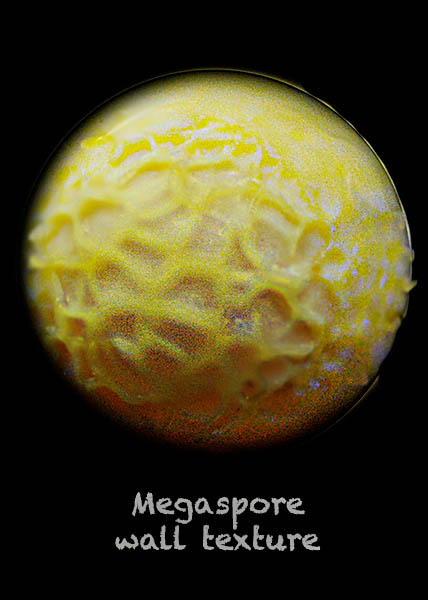
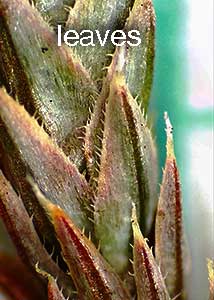

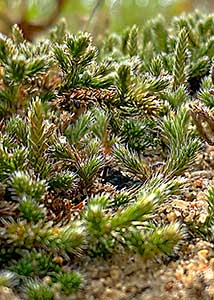
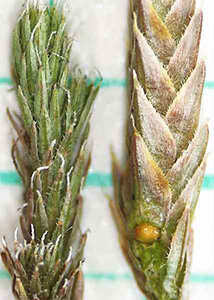
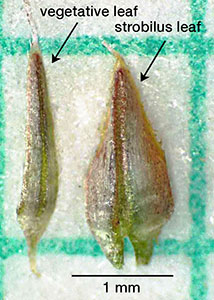

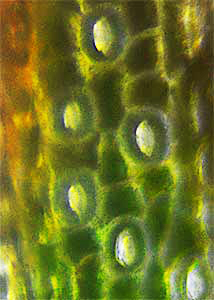
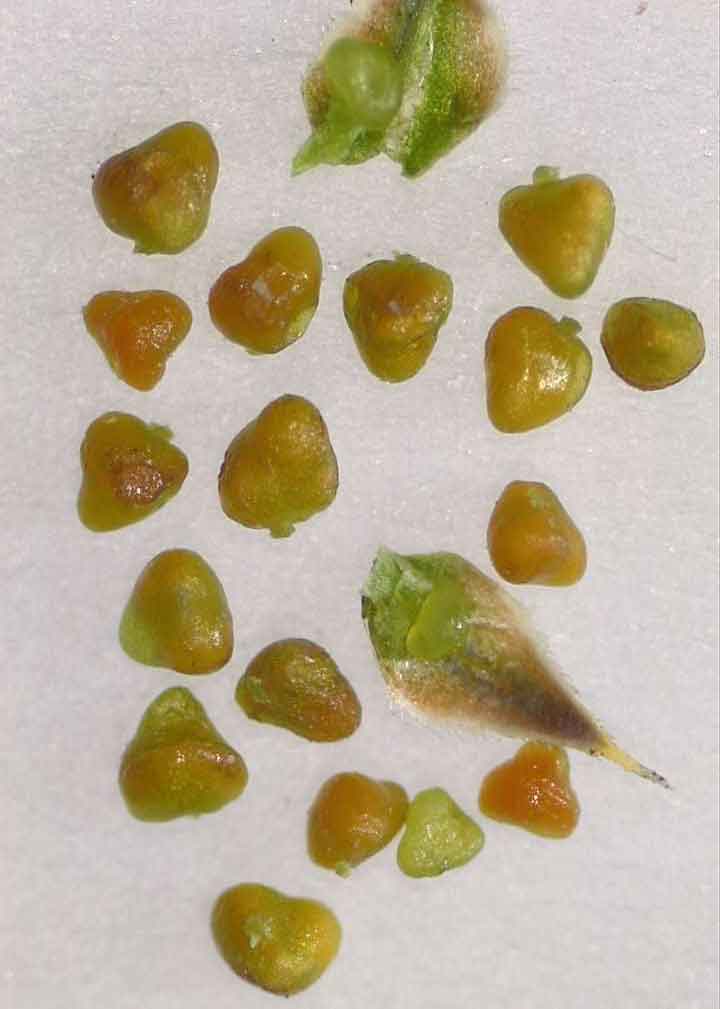
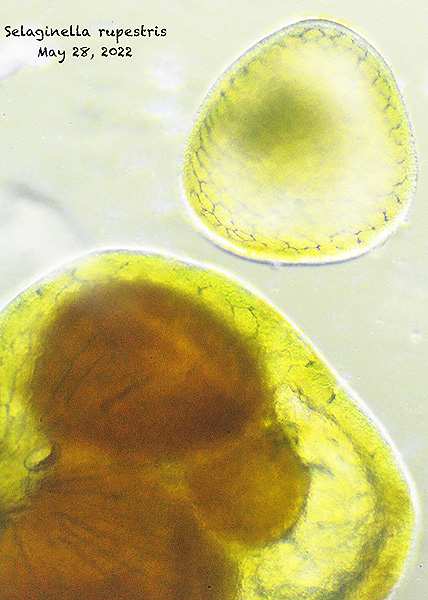
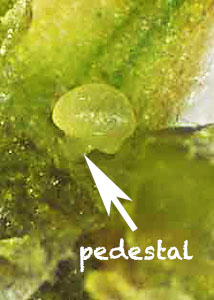

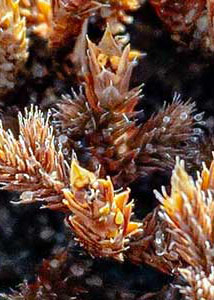
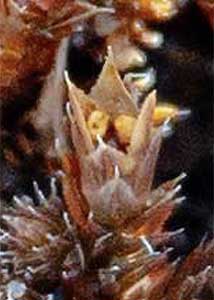
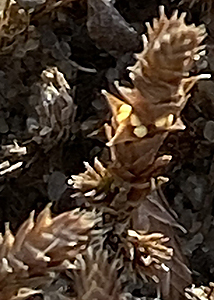
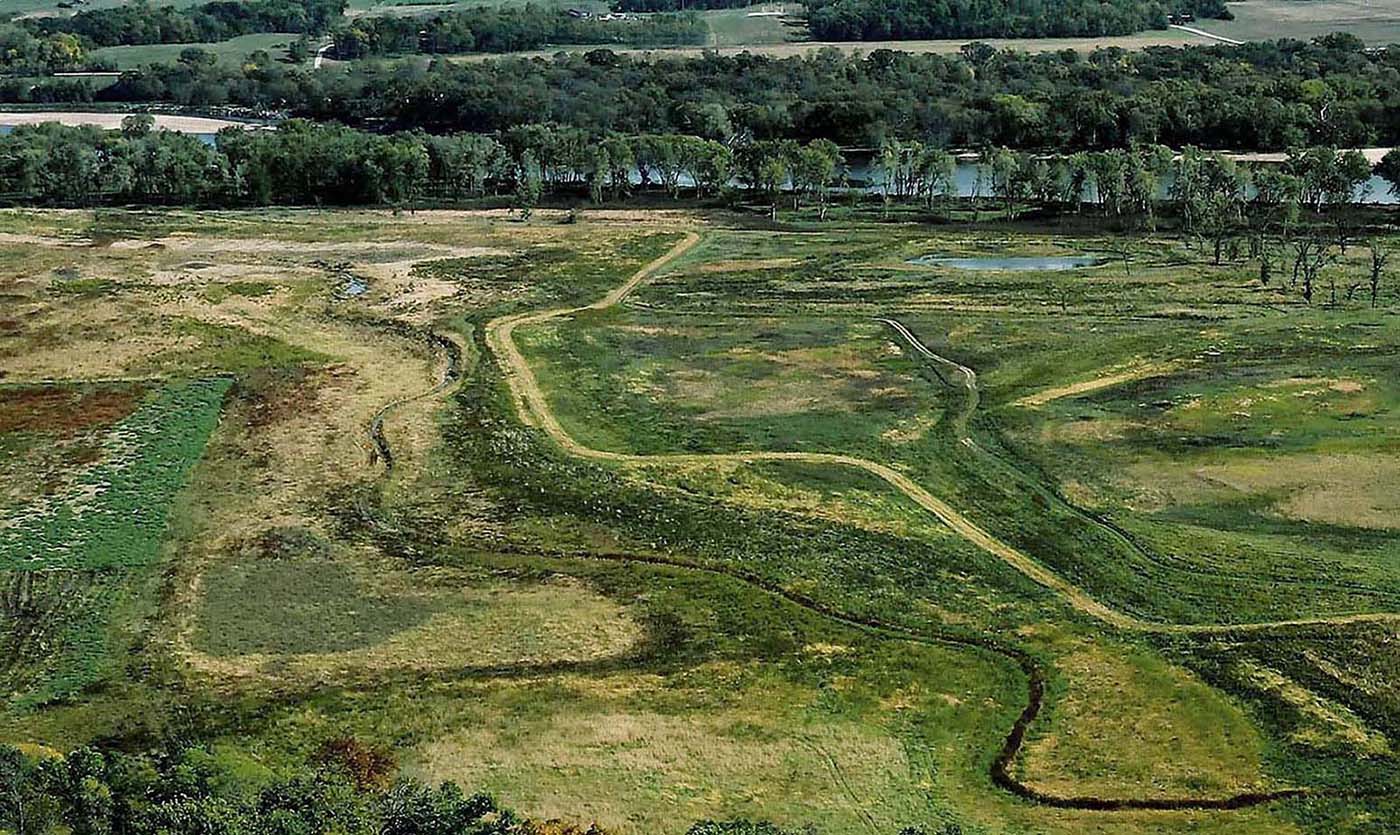 1
1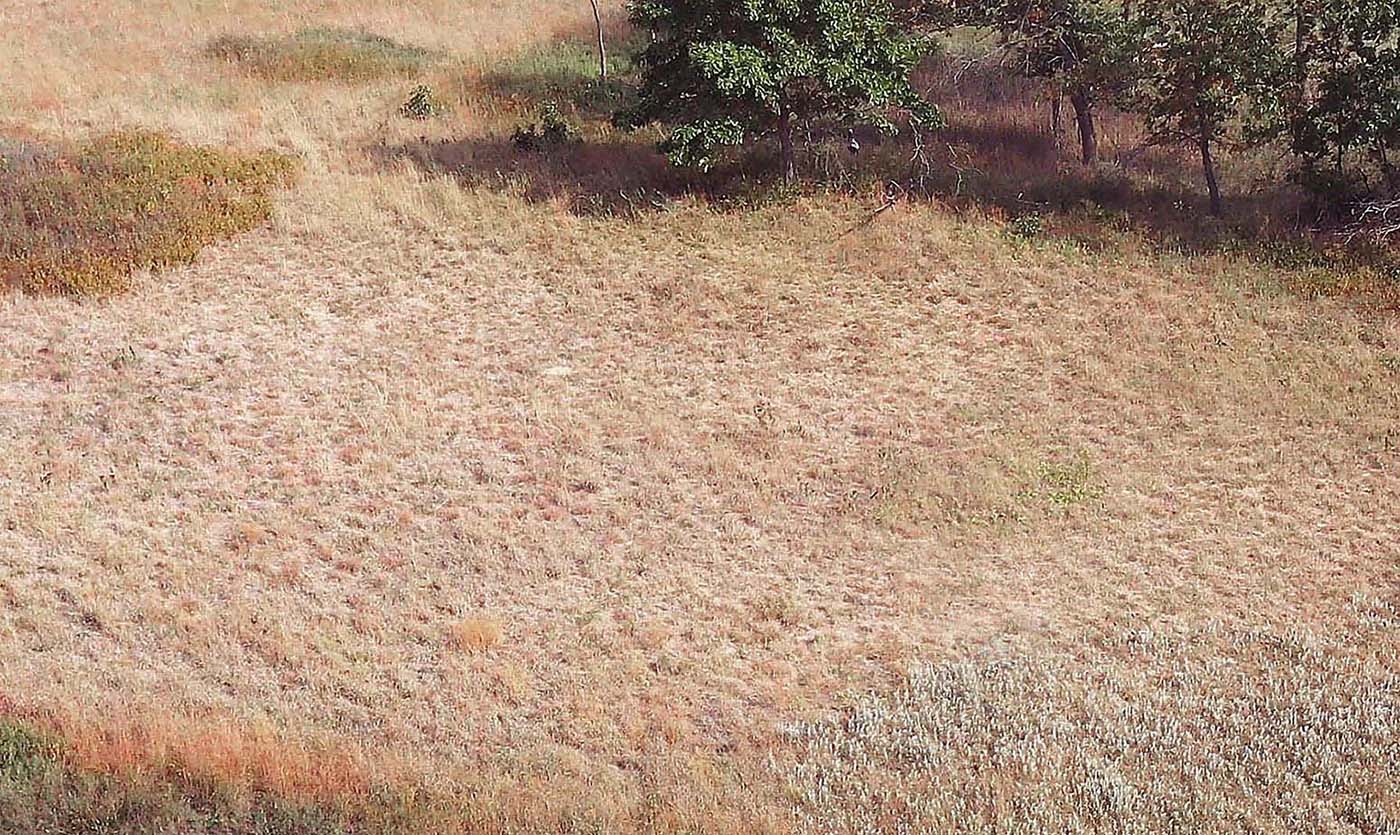 2
2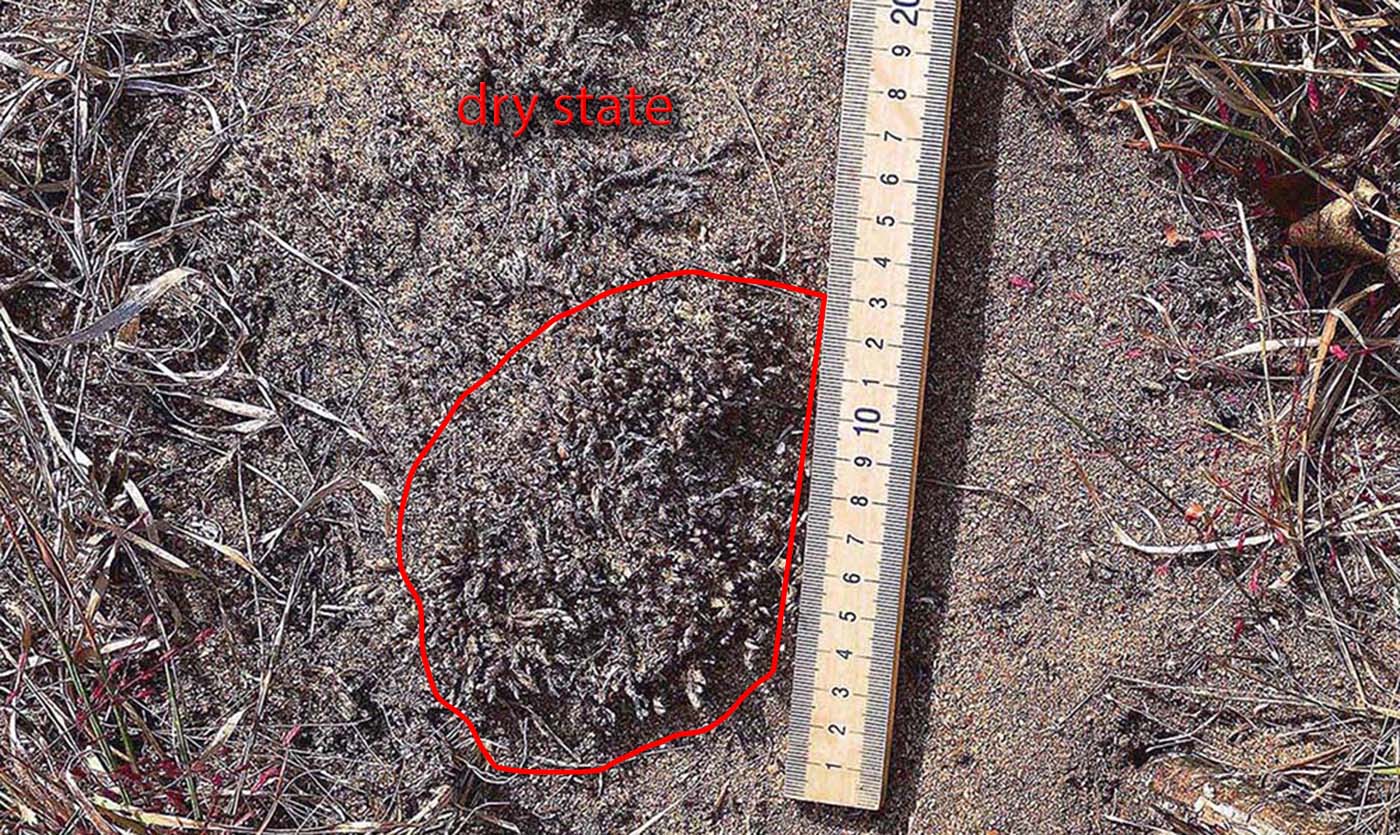 3
3